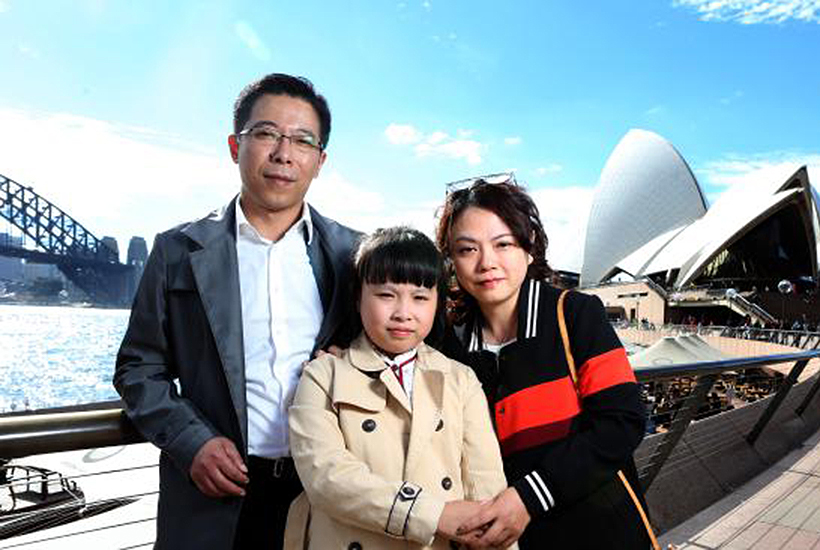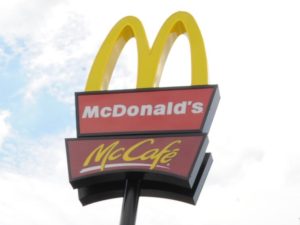Hotels told to lift game for Chinese tourists

China will overtake New Zealand as Australia’s biggest source of international visitors, pumping $13 billion into the economy by 2020, but a global study says local hotels are far from ready.
Australia’s popularity with Chinese tourists is also sliding, according to Hotels.com research released this week. Last year, Australia was the number one destination for Chinese intending to travel in the next 12 months. This year Australia slumped to be the third most popular destination after France and the US.
Chinese travellers say there are not enough Mandarin speaking in-house staff employed in Australian hotels: just 16% offer the service. They also whinge about a lack of Chinese payment facilities at Australian hotels: only 18% of hotels offer this service.
Commercial Insights: Subscribe to receive the latest news and updates
Despite big demand for onsite Chinese restaurants in Australian hotels, just 3% of hotels offered them and only 5% of Australian hotels intend to provide one within the next 12 months.
On the upside, tourist Mary Xuan, on a 10-day group tour of Sydney, Melbourne, Gold Coast and Cairns, says Australian hotels are “very clean”.
Hotels.com marketing manager David Spasovic says while Australian hotels focus on social media and marketing programs to attract Chinese, just 5% plan to spend more than $US10,000 on Chinese-related tourism infrastructure over the next 12 months.
Former Tourism Australia and Tourism Queensland chairman Don Morris says Australian hoteliers must recognise that 57% of Chinese travellers are female, largely millennials, and cater to this market.
“Most hotels have made significant changes to move in this direction,’’ Morris says.
“The bottom line is fundamentally to do with females, who are much younger. They are very demanding in their requirements for cultural immersions and living like a local.”
Australian hoteliers must recognise that 57% of Chinese travellers are female, largely millennials, and cater to this market
Morris says Chinese tourists want mobile check-in so they didn’t have to queue up in reception “like an ox” as well as specific financial facilities such as Alipay.
Accor Hotels chief operating officer Simon McGrath launched Chinese Optimum Services Standards six years ago.
He says 19 Accor hotels are equipped with Union Pay and the hotelier provides cultural training for staff.
“Today these standards have been adopted by over 50 of our hotels and we as a business continue to grow in this area as we learn more about what our Chinese guests are looking for in accommodation in Australia,” McGrath says.
He says bookings from Chinese guests are increasing.
Mantra boss Bob East says not all hotels will necessarily be suitable for any given market. “It’s a matter of tailoring the product around your most likely target market,” East says.
Tourism Australia managing director John O’Sullivan says demand for services such as Mandarin-speaking guides and payment options like China Union Pay as well as the right mix of experiences is greater than ever.
“The challenge for Australian tourism providers is how to keep pace with this demand,” O’Sullivan says.
JLL Hotels vice-president Peter Harper says hotel operators will quickly respond to any feedback if they are not doing enough to accommodate Chinese travellers.
This article originally appeared on www.theaustralian.com.au/property.







